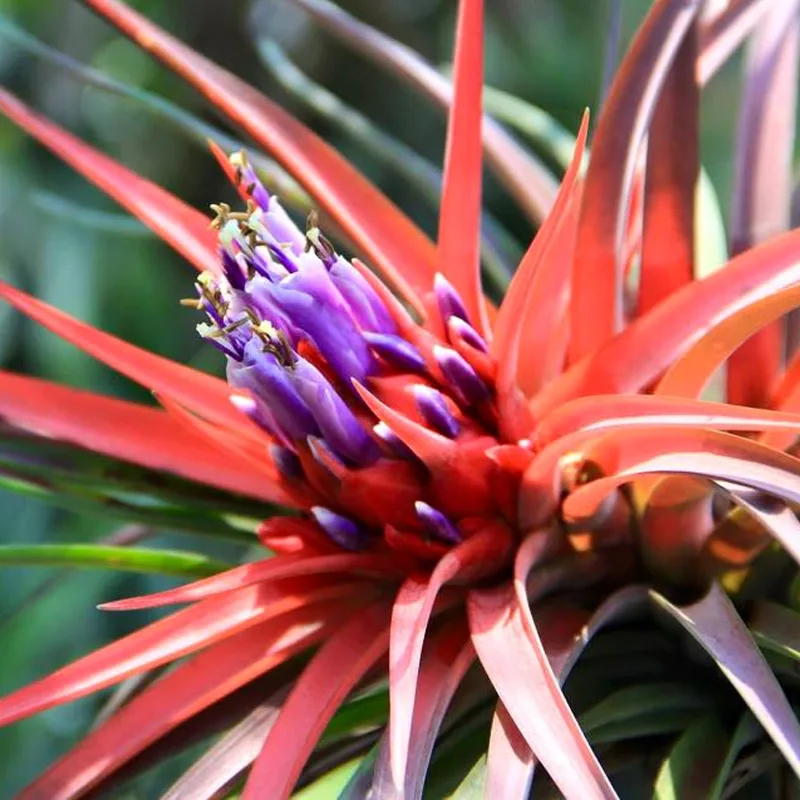How to care for Convolvulus cneorum?
I’ve found that taking care of Convolvulus cneorum, or silverbush, is pretty straightforward and rewarding. I planted mine in a spot that gets full sun, as it thrives best in bright light. The soil in my garden is well-draining, which is crucial because silverbush doesn’t do well in waterlogged conditions. To keep it happy, I water it sparingly, just enough to keep the soil slightly moist but not soggy. Every now and then, I give it a light trim to maintain its shape and encourage new growth, which also helps it stay compact and bushy. It’s a hardy plant, so I don’t worry too much about pests or diseases, but I do keep an eye out just in case. Overall, it’s a low-maintenance plant that adds a lovely silvery-green touch to my garden.
209 Species in Genus Convolvulus
Is Convolvulus cneorum invasive?
From what I’ve gathered, Convolvulus cneorum isn’t considered invasive. In my garden, it’s been quite well-behaved, staying where I’ve planted it without spreading aggressively. However, I do keep an eye on it because some plants can act differently in various environments. So far, I haven’t had any issues with it taking over other areas of my garden.
Why is my Convolvulus cneorum dying?
When my Convolvulus cneorum started dying, I was pretty concerned and did some investigating. I realized that I might have been overwatering it because it’s adapted to dry conditions. Also, it wasn’t getting enough sunlight. After adjusting my watering schedule and moving it to a sunnier spot, it started to bounce back.
How to propagate Convolvulus cneorum?
To propagate Convolvulus cneorum, I’ve had success with taking semi-hardwood cuttings in late spring or early summer. I choose healthy stems, about 10 centimeters long, strip the lower leaves, and dip the cut ends in rooting hormone before planting them in a well-draining mix. Keeping them moist but not waterlogged is key until they establish roots.
How to prune Convolvulus cneorum?
Pruning my Convolvulus cneorum is something I do to maintain its shape and encourage healthy growth. Right after its flowering period, I trim back the stems by about one-third, which helps keep it compact and promotes more blooms next season. It’s a straightforward task that keeps the plant looking tidy.
Is Convolvulus cneorum an Australian native?
Convolvulus cneorum is not an Australian native; it actually hails from the Mediterranean region. Despite this, it does quite well in my garden’s climate, which is similar in many ways to its native habitat. It’s a great fit for dry, sunny spots, which are common in Australian gardens.
Is Convolvulus cneorum poisonous?
I haven’t found any evidence that Convolvulus cneorum is poisonous. In my experience, it’s been a safe and lovely addition to my garden. Nonetheless, I always handle garden plants with care, just in case, and make sure not to ingest any plant material unless I’m sure it’s safe.
Is Convolvulus cneorum poisonous to dogs?
As for whether Convolvulus cneorum is poisonous to dogs, I’ve checked multiple sources, and it doesn’t appear to be harmful to pets. My dog has never shown any interest in eating it, which is a relief. Still, I keep an eye on my pets and discourage them from chewing on any plants, just to be safe.
When to prune Convolvulus cneorum?
I usually prune my Convolvulus cneorum right after its main flowering period, which for me is in late spring. This timing seems to work well, encouraging a healthy, compact growth habit and more blooms in the next flowering cycle. It’s a simple part of my gardening routine that pays off with a more vibrant plant.
Why does my Convolvulus cneorum never bloom?
If my Convolvulus cneorum isn’t blooming, I look at a few potential issues. Insufficient sunlight is often the culprit since it needs full sun to thrive. Another factor could be poor soil drainage, which it doesn’t tolerate well. I’ve also found that regular light pruning after flowering can help stimulate more blooms the following season.
If i die, water my plants!



